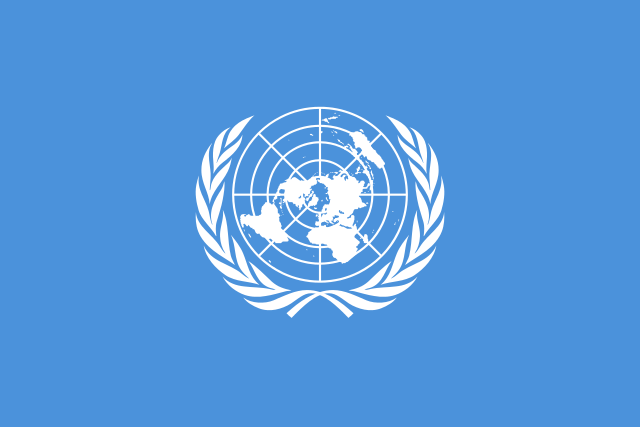
Human Rights Council
Expert Mechanism on the Rights of Indigenous Peoples (EMRIP)
National Council of Western Armenia
Assembly of Armenians from Western Armenia
Geneva, 20 July 2015 Eighth Session
Mr. Chairman, since this is my first time speaking in this chamber during the Eighth Session of EMRIP, allow me to congratulate you on your election!
We support the fact that the cultural heritage of Indigenous Peoples includes the tangible and intangible manifestations of their way of life, their worldview, their achievement and their creativity, and that it should be considered as an expression of their right to self-determination and their spiritual and physical connections with their land, their territory and their resources.
However, Indigenous Peoples today are faced with two phenomena, the first being the acceleration of the destruction of their tangible cultural heritage:
– For example, the destruction of sacred sites, cemeteries such as the Jugha Cemetery, churches, and monasteries. Our archives make reference to 2,538 churches, 451 monasteries and 1,996 schools in Western Armenia.
The second is the acceleration of the illicit appropriation of their intangible cultural heritage, or their inclusion in the World Heritage Site list without the free, prior and informed consent of the indigenous people concerned:
– For example, the listing within UNESCO of the making of lavash bread or the inclusion of the sacred site of Nemrut or the fortress of Diyarbakir as World Heritage Sites. All of these examples linked to the cultural heritage of the Armenian People existed in Western Armenia long before Turkish colonization.
We nevertheless invite UNESCO not to forget treaties such as the Treaty of Sèvres and President W. Wilson’s 1920 Arbitral Award for not listing as part of Turkey sites that would be found within the borders of Western Armenia.
However, Article 8.1 of the Declaration states that Indigenous Peoples and individuals have the right not to be subjected to forced assimilation or destruction of their culture. Furthermore, as you know, Articles 10, 11, 12 and 13 reinforce in their details the protection of tangible and intangible property of indigenous nations and peoples.
Therefore, when the destruction of the Jugha cemetery in 2005 was caught on camera and denounced by European institutions, our Assembly initiated a legal procedure at the level of the European Court of Human Rights, which dismissed us, suggesting that we were not direct victims of these criminal acts.
Our Assembly has participated in the struggle for recognition and implementation of the rights of Indigenous Peoples for over 10 years, and it represents an indigenous nation that has suffered genocide.
Not only do we declare ourselves direct victims, but we also demand an end to this humiliation, which serves to make us believe that we no longer exist as ourselves following the genocide suffered by our parents.
After all these years of hard work, one of the key steps, in order to be able to protect themselves legally, would be for Indigenous Peoples, including our Assembly, to be recognized as such by the United Nations in accordance with objective and factual criteria.
On this point we have the honor to let you know that we have forwarded to the Special Rapporteur a communication relating to compensations, restitutions, repatriation and reparations with respect to the genocide of the Armenians of Western Armenia from 1894 to 1923, as well as the consequences thereof.
Thank you, Mr. Chairman.
Armenag APRAHAMIAN
President of the National Council of Western Armenia
